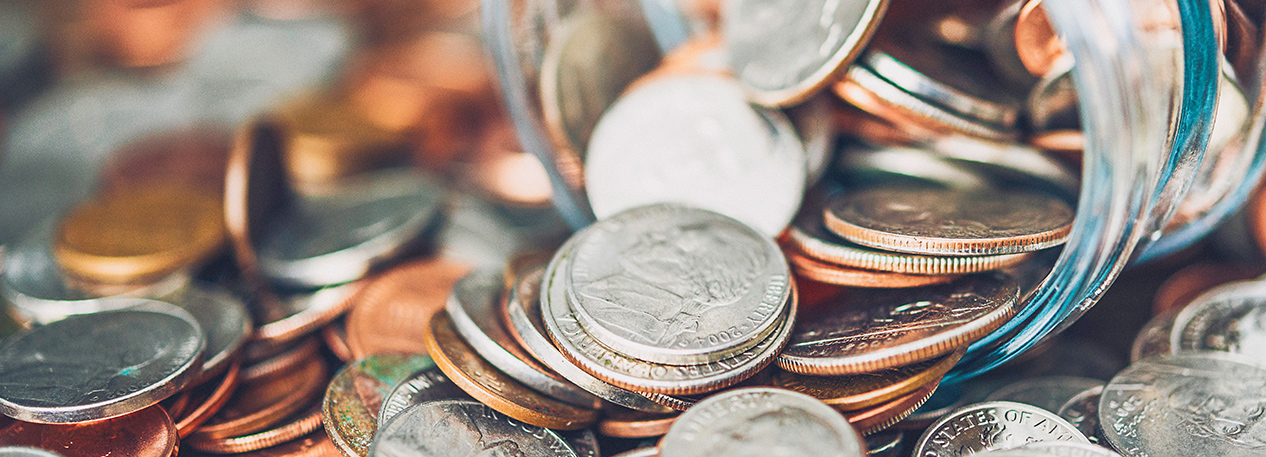Rainy day fund is the popular name for special reserve funds employed by all but three states (Arkansas, Kansas, and Montana) to provide a more flexible response to emergencies and/or cyclical fiscal extremes.1 This is the primary policy tool designed specifically to help states address fiscal stresses generated by recessions. By transferring a portion of budget surpluses to their rainy day funds during years of strong economic growth and rising revenues, states can reduce the need to raise taxes and cut services during years of weak growth and declining revenues. (For a discussion of Third District state budget gaps, see the Research Rap Special Report, “Budget Gaps and Balanced-Budget Proposals in Third District States,” June 2010.2)
Deploying a rainy day fund to provide a significant fiscal policy response assumes that a state has sufficient reserves, regulations on use that are not overly binding, and the political will to use the fund. As a recession’s fiscal impact tends to stretch beyond a recession’s end and into the initial recovery, we will look at the experiences of Delaware, New Jersey, and Pennsylvania in funding their rainy day funds and using them in the Great Recession and its aftermath.
- Some states use their rainy day funds for yet other purposes, such as managing annual cash flow problems. See the National Conference of State Legislatures (2008). The rainy day fund is called the Budget Reserve Account in Delaware, the Surplus Revenue Fund in New Jersey, and the Budget Stabilization Reserve Fund in Pennsylvania.
- Available for free at http://www.philadelphiafed.org/research-and-data/publications/research-rap/2010/budget-gaps-and-balanced-budget-proposals.pdf.

